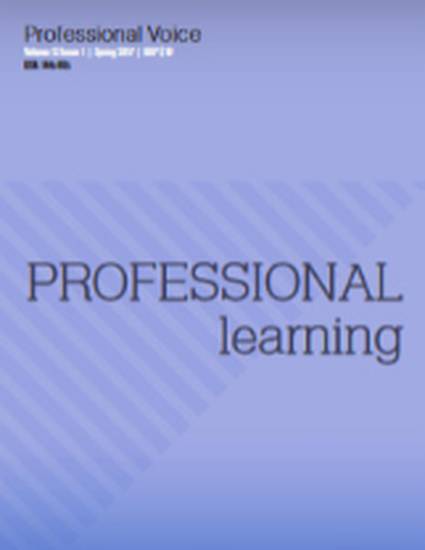
Article
The effects of inequity in Australian schools
Professional Voice
(2017)
Abstract
The data released every three years form the Organization for Economic and Co-operative Development on results from the Program for International Student Assessment (PISA) is mostly reported in the press as rankings and 'who beat who'. However, it is not particularly helpful to use an overall country mean to determine where we need to direct our attention to improve learning, particularly in a country like Australia, where the primary responsibility for education lies at the state and territory level. This article uses PISA data to peel back the layers of inequity in Australia's schooling system. The data reveals a very uneven playing field where student achievement is heavily influenced by family background and school resourcing. It claims that the much discussed PISA performance decline of Australian students will only be reversed when these equity issues are properly addressed.
Keywords
- Academic achievement,
- Equal education,
- Socioeconomic status,
- Family characteristics,
- Disadvantaged schools,
- Student behaviour,
- Teacher behaviour,
- Educational resources,
- Educational environment,
- Primary secondary education
Disciplines
Publication Date
Spring 2017
Citation Information
Sue Thomson. "The effects of inequity in Australian schools" Professional Voice Vol. 12 Iss. 1 (2017) p. 29 - 39 ISSN: 1445-4165 Available at: http://works.bepress.com/sue_thomson/132/
